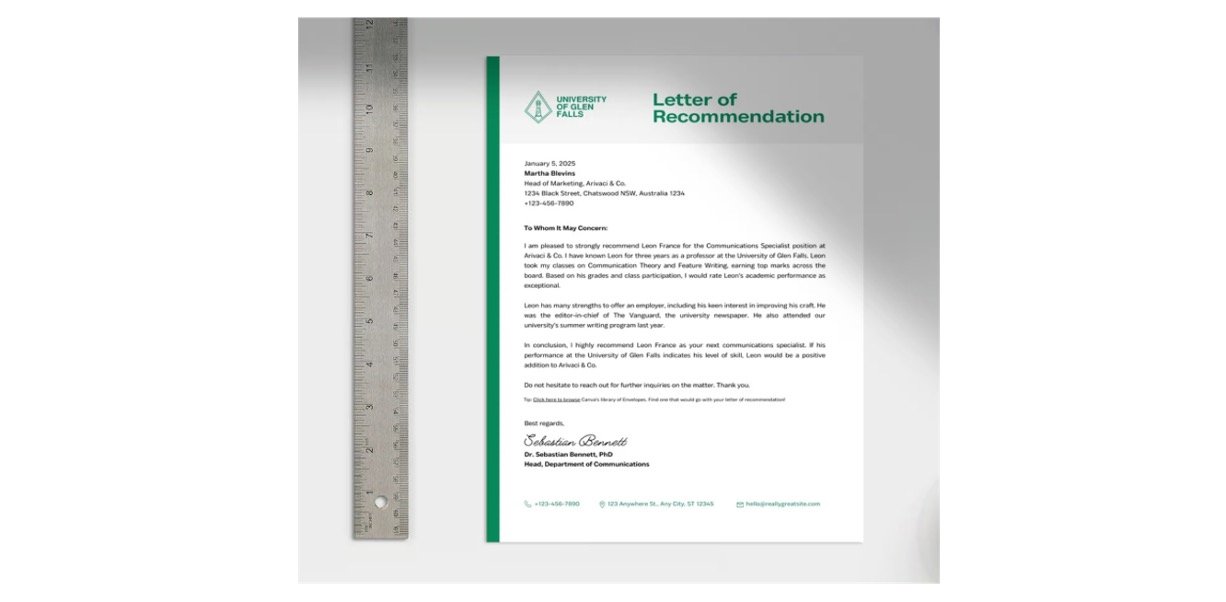What is Biuret Test?
Biuret is a compound which is produced by heating the urea at a temperature of 180ºC. Biuret test is one of the chemical tests which uses Biuret reagents that contains 1% of copper II sulphate.
Cu2+ which is present in the Biuret agent and forms a complex with the peptide bond in the proteins. Thus, this test helps in determining the peptide bonds in the substance.
When two acids are attached through amino and carbonyl group, they are called as peptide bonds.
The fundamental unit of protein is usually termed as amino acids that are connected through peptide bonds.
Biuret Test Principle
Biuret test is commonly called as Piotrowski’s test, which is named after the physiologist Gustaw Piotrowski, who first documented this test in the year 1857.
Other new methods have been developed based on the principle used in this method such as Modified Lowry test and the BCA tests.
Biuret test works with the certain set of principles and they are listed below. When Biuret reacts with dilute copper sulphate in a presence of alkaline, a purple-colored substance is formed, this color is formed due to the chelate complex or due to the copper co ordination complex.
Cupric ions chelate a violet-colored complex using the oxygen of water and the unshared electron pairs of the peptide nitrogen.
As this complex absorbs light in 540nm, the sample turns into a purple color at the present of protein complexes. And hence it changes color from blue to violet.
However, color intensifies depending on the number of peptide bonds according to the increase in number of protein molecules.
Depending on the above principle, we can detect the amount of peptide bonds that were present in any of the biological fluids.
This reaction occurs in a compound which have at least 2, H2N-CH2-, H2N-C, and H2N-CS groups or other similar groups which are directly attached to the nitrogen or a carbon atom.
Generally, one molecule of cupric ion is attached to the six peptide linkages through the coordinate bonds.
Materials and Reagents Required for Biuret Test
Materials:
1% of alanine and 5% of egg white or albumin for the positive control
Deionized water, as negative control
Biuret reagents
Dry test tubes
Water bath
Pipettes
Reagents:
Biuret reagent is usually made up of copper sulphate, Sodium hydroxide and sodium tartrate, which is also known as Rochelle salt. It also contains a reagent named Biuret which is very important for this Biuret protein assay.
Preparation of Biuret Reagent
Biuret reagent is usually formed by mixing sodium hydroxide with a solution of copper sulphate which turns it into alkaline. Then the biuret reagent is yield as 1000 ml by the following steps.
First, 500 ml of distilled water is taken and it is dissolved with pentavalent copper sulphate of 1.5grams and further with sodium potassium tartrate of 6 grams.
Sodium potassium tartrate contains chelating substance that helps in stabilising the ions of copper.
Then 375ml of molar hydroxide is taken and both the solutions are mixed in the volumetric flask.
Hence finally 1000ml is made by pouring a distilled water into the flask.
Biuret Test Procedure
Initially 3 dry test tubes are taken.
1 to 2ml of test solution, albumin and the deionised water are added into the test tubes.
Then 2 ml of Biuret reagent is added in each of the test tubes.
The test tubes are shaken well and it is left undisturbed for 5 minutes.
And finally, the colour changes are observed.
Biuret Test Observation and Interpretations
| Observation | Interpretation |
| No change in colour | Absence of proteins |
| Solution turns from blue to violet | Presence of proteins |
| Solution turns from blue to pink | Presence of proteins |
Biuret Test Result
In positive controls the colour changes from blue to purple and thus indicates the presence of proteins. However only amino acids and Histidine gives a positive result.
In negative controls there will be no colour change.
Significance of Biuret Test
Protein is usually a complex substance which are formed by thousands of amino acids.
Amino acids are considered as amphoteric electrolytes having a group of carboxyl and amino and acts like an acid and base.
Amino acid consists of one positive and one negative charge and hence these ions are said to be electrically neutral and it does not migrate in the electrical field.
The two amino acid are linked together with a help of peptide bond which yields dipeptide.
The bond is formed between alpha-carboxy group of another amino acid and the alpha-carboxyl group oof the other amino acid by the removal of water molecule.
Peptide bond is formed as the result of condensation reaction. At the same time, three amino acids are linked together but two peptide bonds and are called as tripeptide.
During the formation of tripeptide, the chain elongates and it forms a polypeptide.
Generally, Biuret is a complex compound which is formed when heating urea at 180ºC and results in a condensation of two molecules of urea.
The peptide bond in a Biuret gives a positive result of the test. Biuret test is considered as a generalized test for detecting the proteins and peptides which has more than one peptide bond.
Biuret Test Citations
Share












